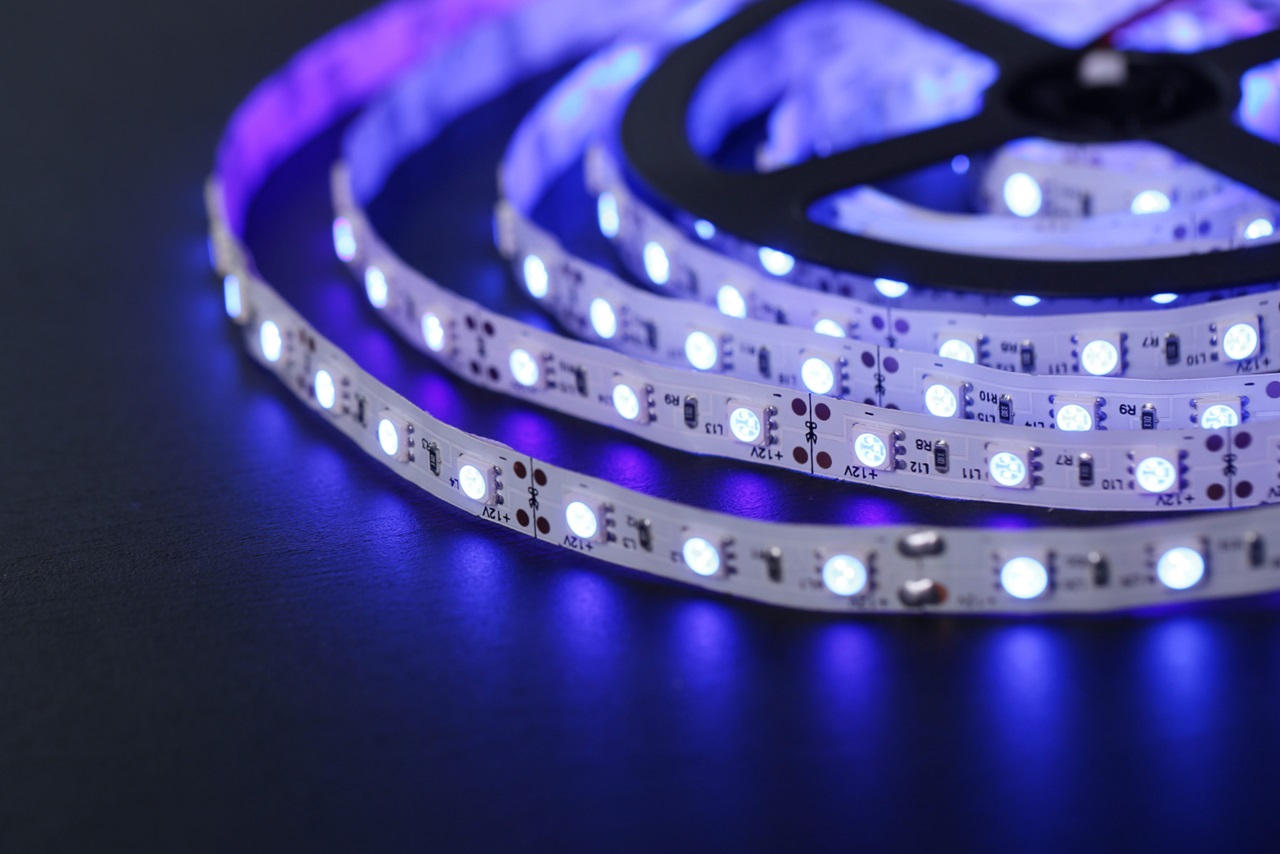How to Build a Motion-Activated Light Circuit
Have you ever walked into a room and had the lights turn on automatically? It feels a bit like magic. But behind the scenes, there’s an ingenious little circuit at work that detects motion and flips the switch for you. The great news? You can build your own motion-activated light circuit, even if you’re new to electronics.
This project is not only practical but also a fantastic way to learn about sensors, circuits, and basic programming (if you use a microcontroller). By the end, you’ll have a working light circuit that’s perfect for a hallway, closet, or even a DIY security setup.
What You’ll Learn
In this step-by-step guide, we’ll cover:
- How motion sensors (like PIR sensors) work.
- Wiring and connecting components for a functional circuit.
- Tips for troubleshooting and optimizing your setup.
What You’ll Need
Before diving in, make sure you have the following:
Components:
- Passive Infrared (PIR) Motion Sensor: Detects movement.
- LED or light bulb: Acts as the light source.
- Resistors: To limit current and protect components.
- Transistor or relay: To control the light.
- Breadboard and jumper wires: For easy assembly.
- Power source: Batteries or a DC adapter.
Optional (for advanced setup):
- Arduino or microcontroller: For programmable features like adjustable timer or light sensitivity.
Tools:
- Multimeter: To test connections.
- Soldering iron: For a permanent setup (optional).
- Wire cutters/strippers.
Step 1: Understand How a PIR Sensor Works
A PIR sensor is the key component in this project. It detects infrared radiation emitted by warm objects (like humans) within its range.
How It Works:
- When a person moves within the sensor’s field of view, the infrared levels change.
- The sensor processes this change and sends an output signal (HIGH) to the connected circuit.
- When no motion is detected, the signal returns to LOW.
Pro Tip: PIR sensors have adjustable settings for sensitivity and delay time. Use these to fine-tune the response for your specific needs.
Step 2: Plan the Circuit
Here’s how the motion-activated light circuit will work:
- The PIR sensor detects motion and sends a signal to activate the light.
- The light turns on as long as motion is detected or for a set duration.
Basic Circuit Components:
- The PIR sensor acts as the trigger.
- A transistor or relay amplifies the sensor’s signal to drive the light source.
- The LED or light bulb provides illumination.
Personal Note: When I planned my first circuit, I sketched it out on paper first. This helped me visualize how the components connected and saved me from a lot of trial and error later.
Step 3: Assemble the Circuit on a Breadboard
A breadboard is perfect for testing your circuit before finalizing it.
Steps:
- Connect the PIR Sensor:
- VCC (Power): Connect to the positive terminal of your power source (usually 5V).
- GND: Connect to the ground.
- OUT: Connect to the base of a transistor or the input of a relay module.
- Set Up the Light Source:
- If using an LED: Place a resistor (e.g., 220Ω) in series with the LED to prevent it from burning out.
- If using a light bulb: Use a relay to handle the higher current.
- Control the Light with a Transistor or Relay:
- For an LED, connect the transistor’s collector to the negative terminal of the LED, and its emitter to ground.
- For a light bulb, wire the relay’s output terminals to the bulb and power supply.
- Power Up the Circuit:
- Connect your power source and ensure all connections are secure.
Step 4: Test the Circuit
With everything connected, it’s time to test your setup:
- Power up the circuit.
- Move within the sensor’s range. The light should turn on.
- Stand still or move out of range. The light should turn off after the delay period.
Troubleshooting Tips:
- If the light doesn’t turn on, check the sensor’s output signal with a multimeter.
- Verify that all connections are secure and correctly placed.
- Adjust the PIR sensor’s sensitivity and delay time if needed.
Step 5: Optional: Add a Microcontroller for Advanced Features
If you want to customize your motion-activated light further, consider using a microcontroller like an Arduino.
Why Use a Microcontroller?
- Add features like adjustable brightness or timers.
- Combine the PIR sensor with other sensors, like a light-dependent resistor (LDR), to activate the light only in low-light conditions.
Here’s a simple Arduino code example for a motion-activated LED:
const int PIRSensor = 2; // PIR sensor output pin
const int LED = 13; // LED pin
void setup() {
pinMode(PIRSensor, INPUT);
pinMode(LED, OUTPUT);
digitalWrite(LED, LOW);
}
void loop() {
if (digitalRead(PIRSensor) == HIGH) {
digitalWrite(LED, HIGH); // Turn on the LED
delay(5000); // Keep it on for 5 seconds
digitalWrite(LED, LOW); // Turn off the LED
}
}
Upload the code, connect the PIR sensor and LED to the corresponding pins, and enjoy your advanced motion-activated light!
Step 6: Secure and Enclose Your Circuit
Once your circuit is working reliably, consider mounting it in an enclosure to protect it and give it a polished look.
Suggestions for Enclosures:
- Use a plastic project box for durability.
- Drill holes for the PIR sensor lens and light source.
- Add vents for heat dissipation if using a high-power light bulb.
Anecdote: I repurposed an old plastic lunchbox as an enclosure for my first motion-activated light. It wasn’t the prettiest, but it got the job done and made me proud of my resourcefulness.
Applications for Your Motion-Activated Light
- Home Automation: Use it in a hallway or closet to save energy.
- Outdoor Lighting: Install it in your driveway or backyard for security.
- DIY Gadgets: Combine it with other projects, like alarms or cameras.
Fun Fact: The motion-activated light circuit is the foundation of many smart home devices. By building it yourself, you’re gaining insight into how these systems work!
Final Thoughts
Building a motion-activated light circuit is a practical and rewarding project that introduces you to the exciting world of sensors and automation. Whether you’re lighting up a dark hallway or creating a custom security solution, this project combines learning with real-world utility.
So, gather your tools, set up your workspace, and start building. The next time your light turns on as you enter the room, you’ll feel the satisfaction of knowing you made it happen.
Happy tinkering!




Post Comment